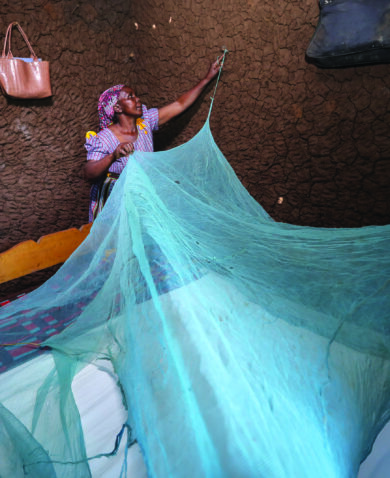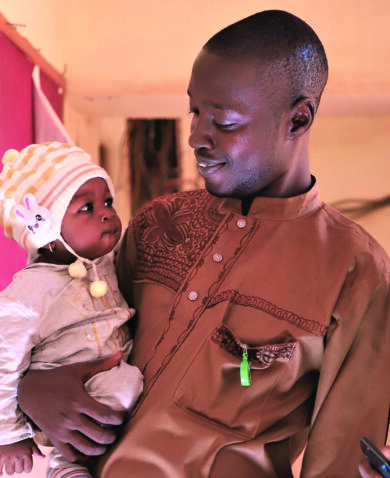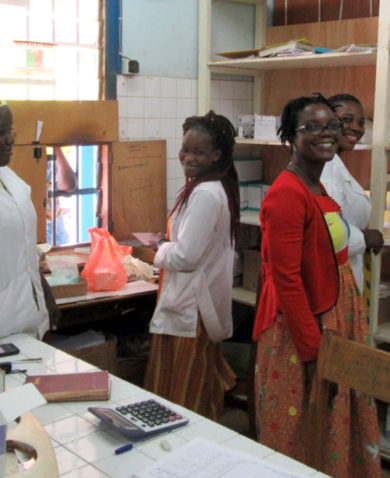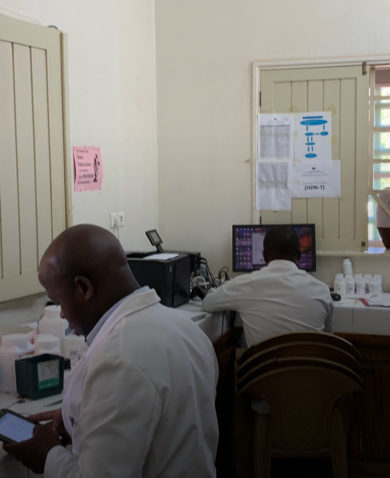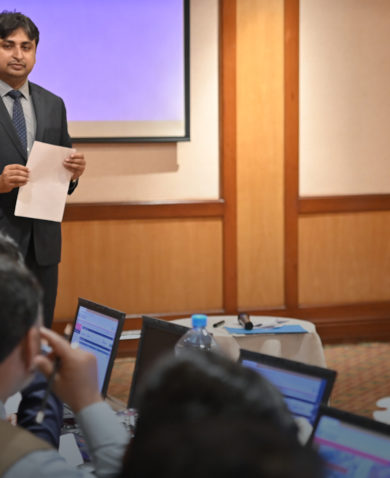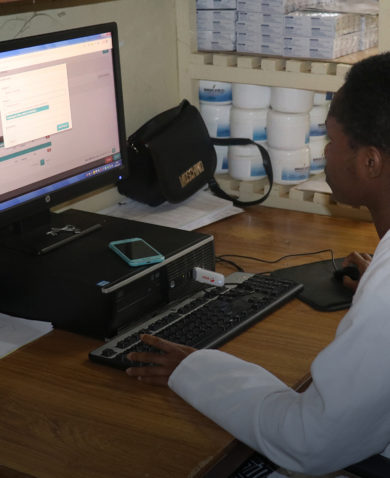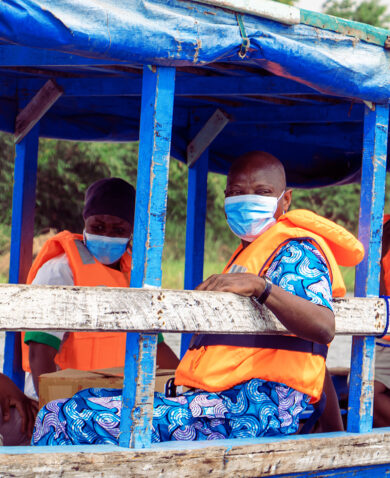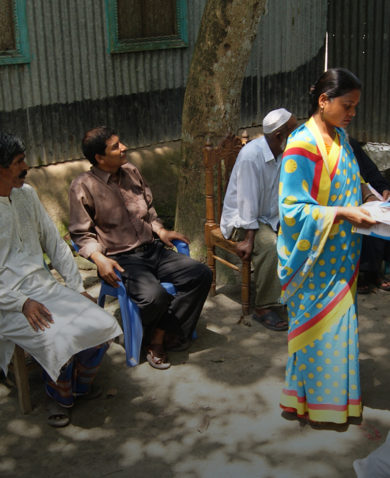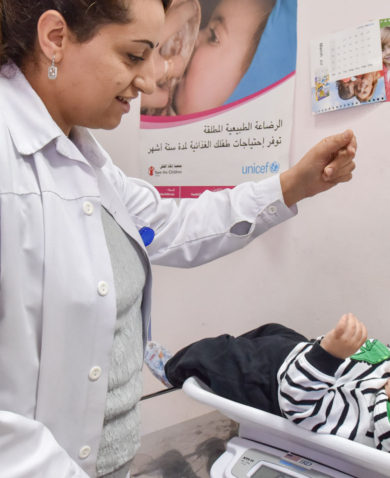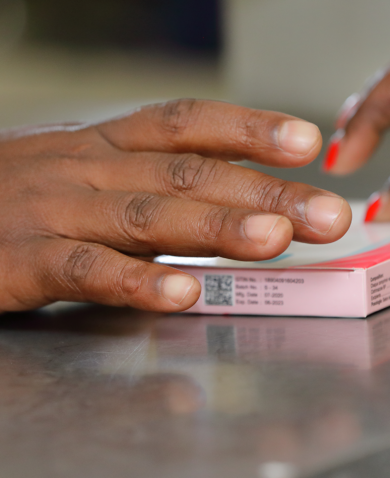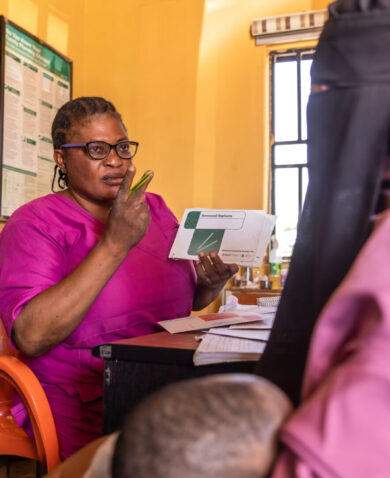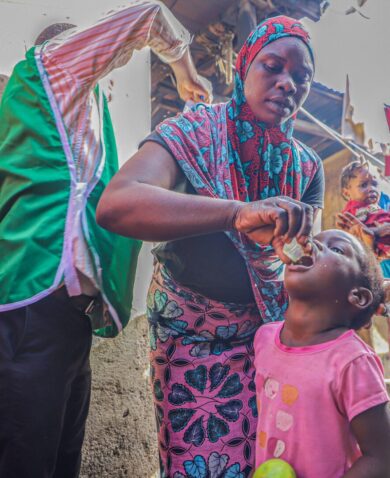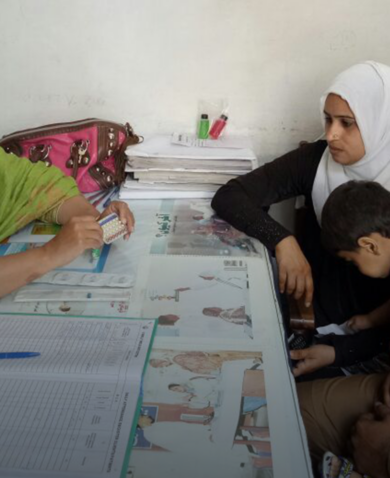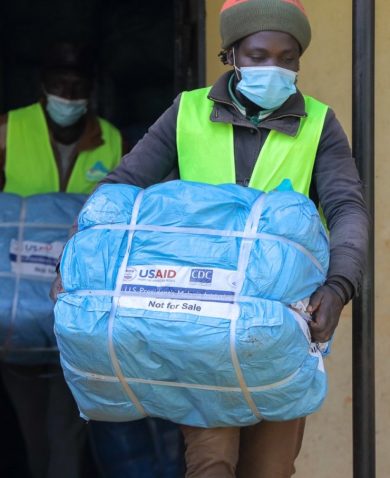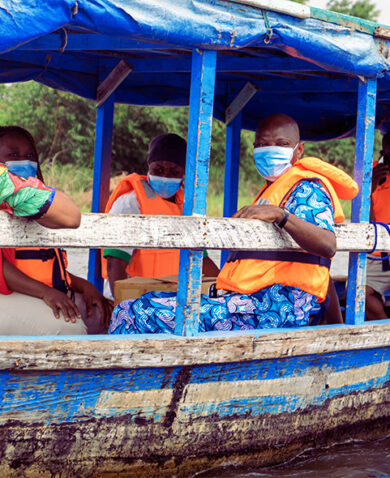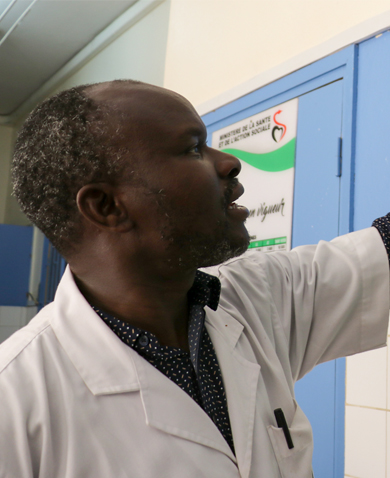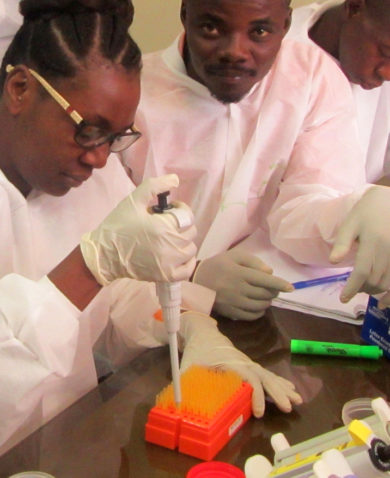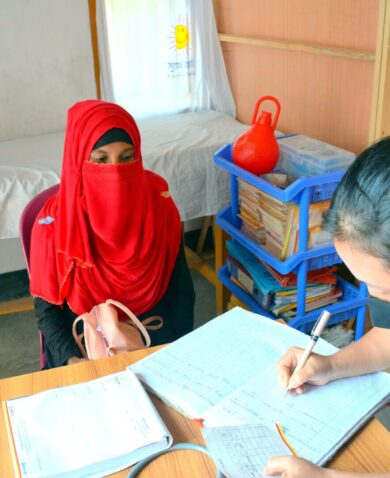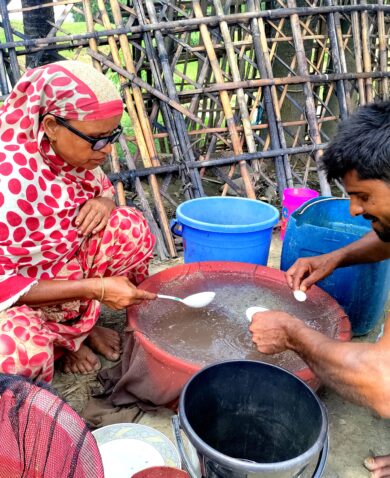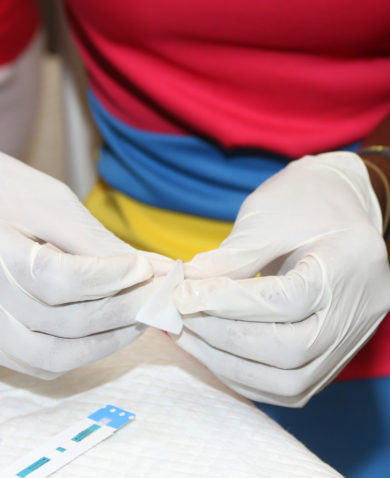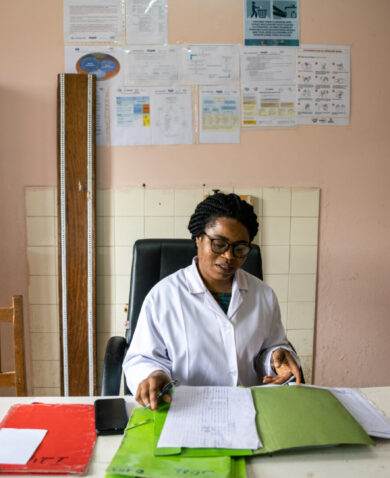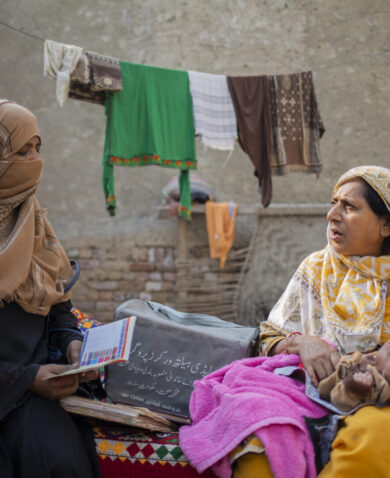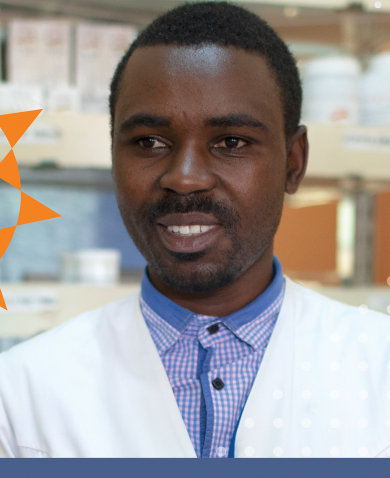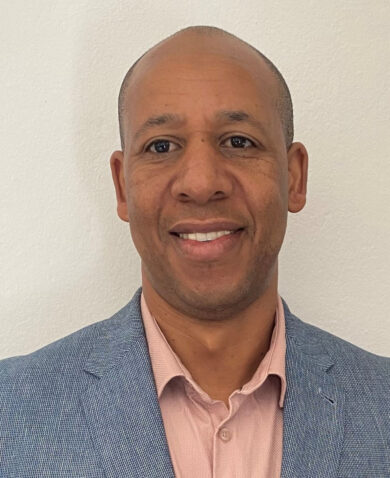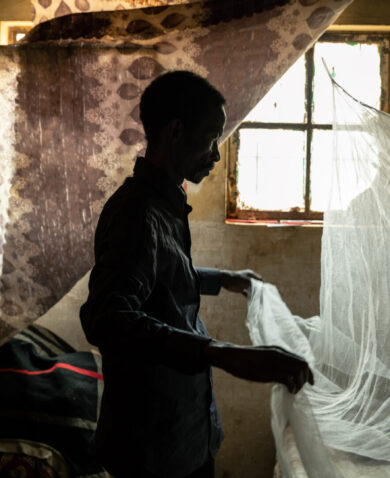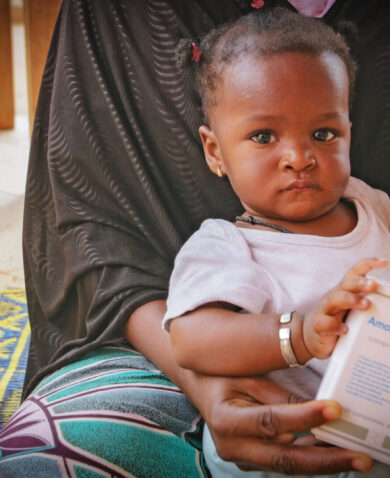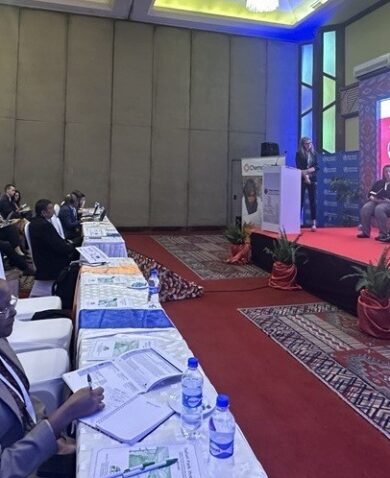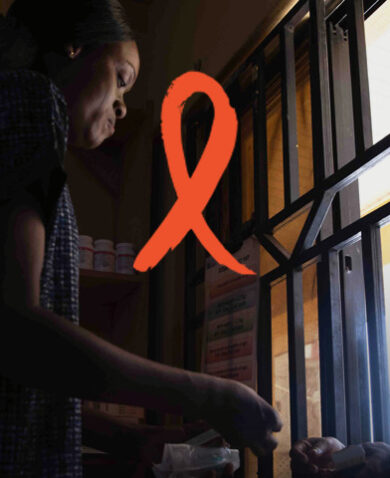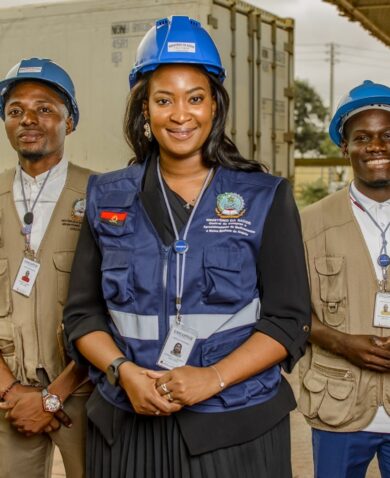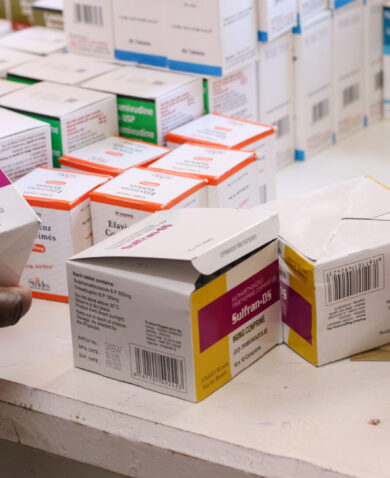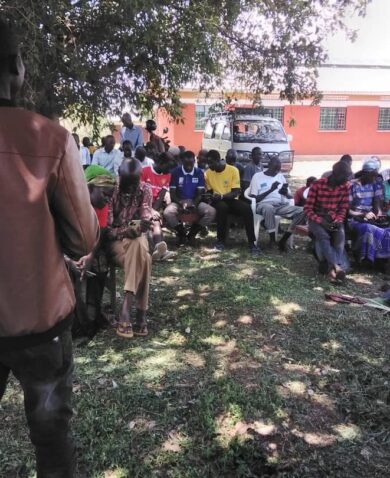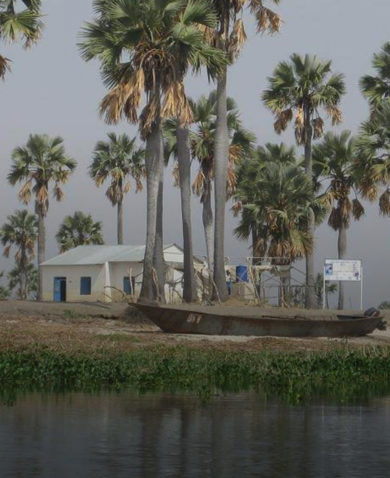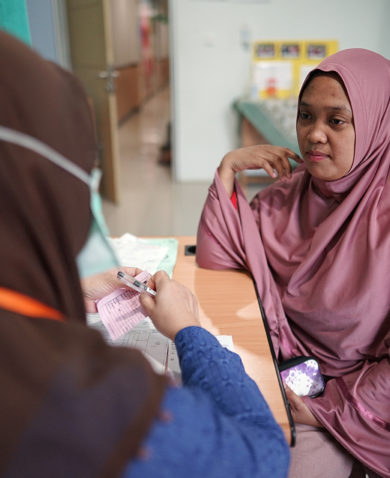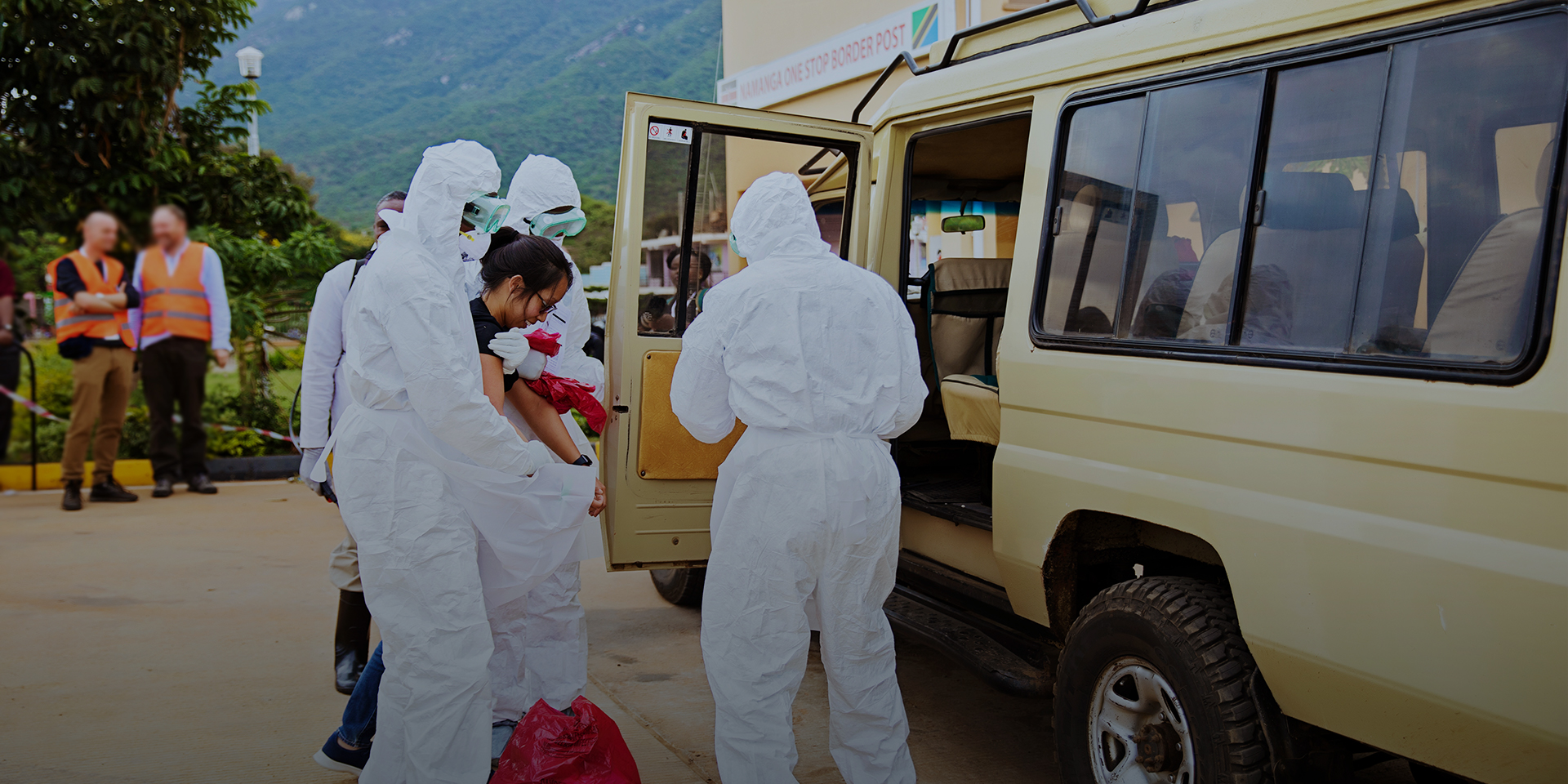
Ready. Set. Prepared: How the One Health Approach Strengthens National Epidemic Response
November 4, 2019 | 4 Minute ReadA unilateral sector approach is insufficient in the face of epidemics that don’t respect borders or species. USAID’s HRH2030 One Health activity facilitates multisectoral coordination and collaboration to increase local capacity to prevent, detect, and rapidly respond to epidemic threats.
A bus stops at the Namanga One Stop Border Post along the Kenya-Tanzania border when some of its passengers begin to fall ill. Amid recent reports of a disease outbreak in the nearby community, health workers are ready and dressed in personal protective equipment. They climb aboard to triage; one attempts to collect information from a sick woman, another attempts to escort a man to an isolation center on a wheelchair. Meanwhile, chaos erupts when a passenger dies. Onlookers gather at the scene and the health workers frantically try to control the epidemic from spreading as one seemingly healthy passenger flees from the bus and desperately grabs people’s hands, begging for help.
Using the One Health Approach
Thankfully, the scene above was part of a scripted field simulation exercise conducted in June. The exercise was prompted by the 2018 outbreak of Rift Valley Fever (RVF) in Kenya when it became clear that Kenya was not prepared to prevent the disease from crossing the border and Tanzania was not able to contain the outbreak from spreading further into the country. A large-scale outbreak of RVF has the potential to spread quickly and disrupt livelihoods, devastate national economies, and cause deep regional instability. Tanzania decided to proactively organize the simulation as part of a One Health approach to evaluate emergency preparedness by testing the functionality and readiness of existing outbreak protocols. So, how can development practitioners assist countries to create comprehensive emergency preparedness plans?
Practice Makes Perfect with the One Health Approach
The development community can help governments to prioritize and exercise their ability to respond to unexpected outbreaks and prevent further spread infectious diseases. The USAID Human Resources for Health 2030 (HRH2030) One Health activity supports countries to strengthen the capacity of their national One Health platforms. The One Health approach calls public, plant, and animal health experts to join other experts across diverse sectors to coordinate cohesive plans to prevent, detect, and respond to threats across borders. HRH2030 facilitates the establishment of regional One Health taskforces, sponsors regular coordination meetings, and improves multisectoral communications.
Earlier this year, HRH2030 supported the organization of three simulations in East Africa: a full-scale field simulation exercise at the Namanga One Stop Border Post in collaboration with the German Society for International Cooperation; an Ebola virus disease (EVD) drill at Kigoma and Kagera in Tanzania in collaboration with the World Health Organization (WHO), and the USAID Global Health Supply Chain Program in Tanzania; and the first “table-top” highly pathogen avian influenza (HPAI) simulation in partnership with the Ethiopian Emerging Pandemic Technical Working Group and Ohio State University’s Global One Health Initiative in Ethiopia.
HRH2030 identified the following best practices during the simulation exercises:
1. Involve all key stakeholders
The “table-top” HPAI simulation in Ethiopia involved 27 stakeholders from the agriculture, environment, wildlife, and health sectors in a discussion-based exercise to test and identify gaps in the government of Ethiopia’s HPAI Preparedness and Response Plan. Over two days, the stakeholders observed, facilitated, and evaluated the exercise. They worked through theoretical cases, such as how to react to HPAI cases, what to do with clinical symptoms identified at Ethiopia’s largest poultry market, and how to manage potential human cases. In the end, the stakeholders demonstrated successful multi-sectoral cooperation — understanding and responding to how each of the sectors may be impacted by the outbreak, determining gaps in the Preparedness and Response Plan, and delegating action items to address them.
2. Conduct realistic, comprehensive simulations
In an effort to cover all possible “worst-case” scenarios, HRH2030 conducted a complex, three-day simulation at the Kenya-Tanzania border. On Day 1, a press release warned the public about the high burden of mosquitos following heavy rainfall. Following the press release, reports surfaced of disease outbreaks among two farms in Kenya and Tanzania. Day 2 evolved into a more complex scenario, which included the testing of multiple samples at the mobile labs, and reports of contaminated meat. Day 3 culminated in suspect cases arriving at the airport, attempted smuggling of contaminated milk and meat products across borderlines, and a bus with visibly sick passengers stopped at the border. The simulation tested the preparedness and response capacities of the local, regional, and national contingency plans, covering all the bases for a comprehensive emergency preparedness plan.
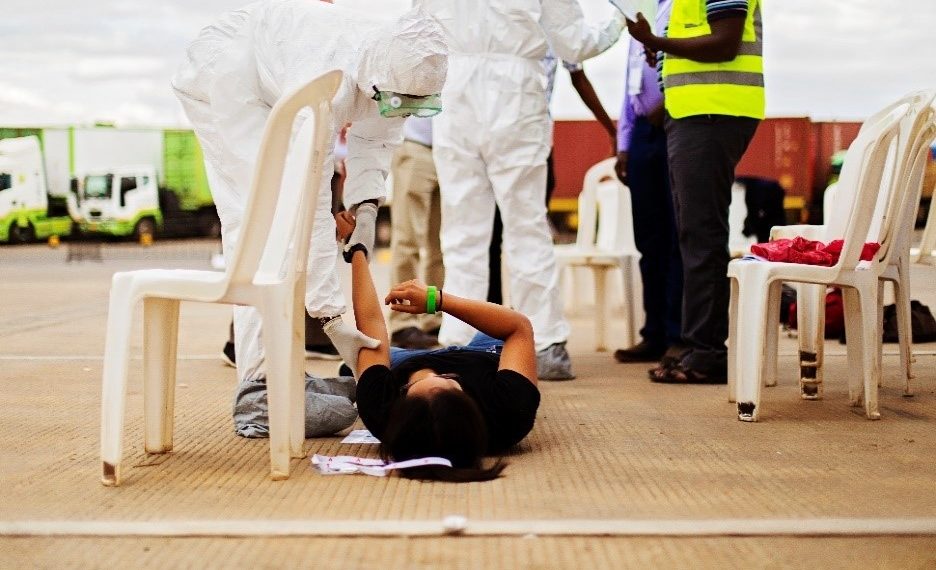
3. Develop an action plan
During the EVD drills at Kigoma and Kagera in Tanzania, HRH2030 and WHO developed subsequent rapid response team training sessions and an action plan with recommendations to address some of the weaknesses identified during the drill — including gaps in decontamination, sample management, and inventory management gaps.
Similarly, in Ethiopia, HRH2030 and the Ethiopian Public Health Institute organized an after-action review following the HPAI tabletop exercise to develop a timeline for revising the HPAI Preparedness and Response Plan to include further plans to avoid human-animal interface and references to standard operating procedures and legal frameworks.
From Simulation to Multisectoral Action: Making One Health Work
The goal of simulation exercises is to reveal weaknesses and resource gaps in a controlled environment. Coming up with an action plan to update operational guidelines and standard operating procedures is essential to improve coordination, clarify roles and responsibilities, and familiarize staff with their functions during a real public health emergency. HRH2030’s One Health activity provides the technical guidance necessary to enable countries to better prepare for potential outbreaks.
As development practitioners, we play an important role as facilitators, coordinators, communicators, and technical experts. We can help governments establish multisectoral relationships and can provide direction to properly update protocols or to explore an array of “what if” scenarios. We can help governments realize the importance and necessity of including the practice of simulation exercises as a part of their comprehensive preparedness plans. Like with our HRH2030 One Health activity, we can ensure that different government sectors work together to save lives when countries face real outbreaks.
Posts on the blog represent the views of the authors and do not necessarily represent the views of Chemonics.




